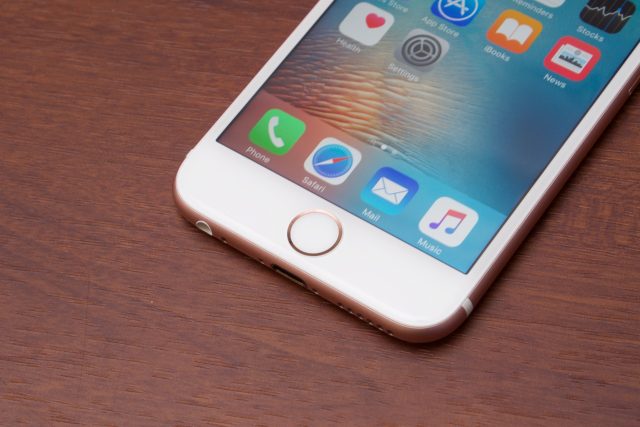
Class-action status has yet to be granted by a judge; we'll continue to follow the story if it goes forward.
As much as it has inconvenienced some users, there is a technical reason why Error 53 exists. Every single TouchID sensor is paired to the phone that it ships with, a security measure Apple says is designed to "prevent a fraudulent TouchID sensor from being used." If every TouchID-iPhone pairing is unique, it makes it more difficult to use a bad fingerprint sensor to get into the phone or collect fingerprint or Apple Pay transaction information. Fine.
The problem—and the reason why the story got so much attention early last year and again earlier this month—is that at some point during iOS 8's life cycle, phones with mismatched, replaced, or damaged TouchID sensors have stopped working properly. Gadget repair site iFixit has documented the problem extensively; when a TouchID button from an iPhone 6S is removed or replaced, new software updates will fail to install without an error code. Try to connect your phone to iTunes and perform an update, and halfway through the process you'll get the dreaded Error 53, which will put your iPhone in a reboot loop that can only be ended by replacing the original TouchID button. The upshot is that DIY repairers and third-party repair shops can no longer replace busted TouchID buttons with new fingerprint-sensor-free versions and expect the rest of the phone to work properly.
iFixit's research and the proposed class-action suit both say that the iPhone 6, 6 Plus, 6S, and 6S Plus are definitely affected, but none of them mention the 5S. That phone still pairs TouchID sensors to the iPhones they shipped with, but the 6 and 6S-series phones include NFC sensors for Apple Pay, which may have tweaked the way that the "Secure Enclave" used to process fingerprint data works.
Apple recommends taking phones with replaced or damaged TouchID sensors to Apple Stores or authorized Apple repair shops for service, but if you don't have one of those in your area (or if you don't want to pay Apple's service fees) that's not going to be an easy option for you.
Assuming that iOS can tell the difference between mismatched/malicious TouchID buttons and TouchID buttons that have been removed entirely, it seems like the best way for Apple to resolve the situation would be to allow phones without TouchID buttons to boot, update, and work normally otherwise. Phones with TouchID buttons installed should still require them to be paired to the phones they came with, though, since removing the requirement could actually lead to weakened security.
reader comments
303